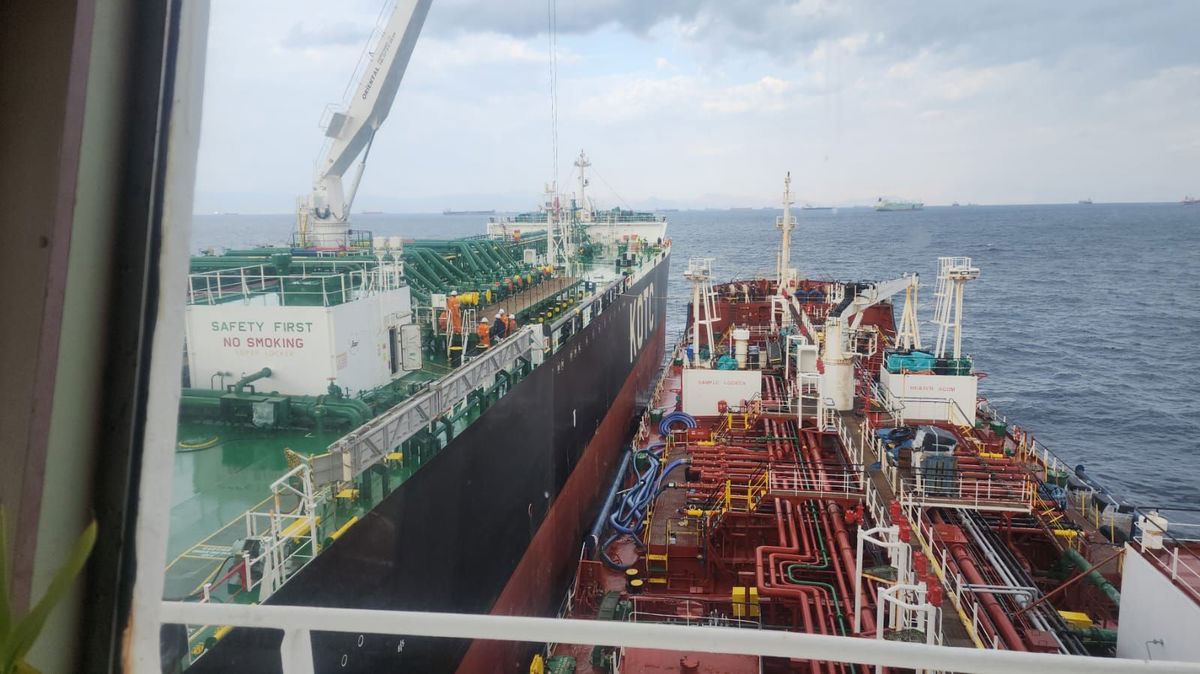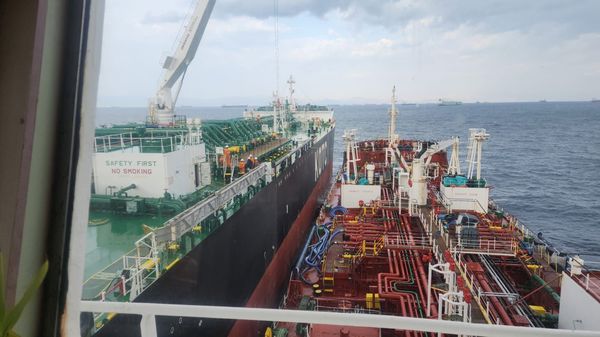FIS: Crude Oil Market Overview: Question marks over OPEC capacity worries market
If you look at official capacity figures for several years, Saudi Arabia and UAE have a full capacity of around 12-12.5 and 3.4 million barrels per day (bpd). Comparing this to the current output of 10.5 and 3 million bpd there is, in theory, significant headroom for the two countries to up their production.
However, of late OPEC has been running some 2.6 million bpd below its production target for months, leading to concerns of an increasingly tight supply picture for the oil markets.
OPEC had agreed at their JMMC meeting at the end of last month to increase production by 648,000 bpd, although the current situation of not hitting targets means that many are skeptical that the group will be able to hit this new August target. OPEC’s next meeting is on 3rd August to discuss its September output, with observers keen to see what production levels will be reported at that meeting, especially with problems for producers Ecuador and Libya.
Despite the green election pledges of U.S. President Joe Biden, it now looks likely that he will sanction new offshore oil licenses in the Gulf of Mexico and Alaska to deal with high oil and petrol prices.
The president had pledged to end all oil drilling on federal land, but the political realities of inflation causing hardship for many Americans and causing a drop in poll ratings have pushed the U.S. Government to weaken this policy. This comes just days after the U.S. Supreme Court struck down the Federal Government’s power to regulate coal-fired power stations in a blow to America’s transition to a low-carbon energy market.
In another move driven by domestic problems of oil supplies, India has imposed special taxes on petrol and diesel exports to prevent low domestic supplies. India is like many other countries, contending with high inflation, with these new tax measures being one of the ways it hopes to prevent further price rises. Exports taxes are now Rs6 per litre of petrol, Rs13 for diesel and Rs6 for aviation fuel.
The new measures stipulate that companies must be making provisions for the supply of products to the domestic market, with them being required to keep half the quantity of petrol being exported and 30% of diesel export volumes. The Government also hit oil companies with a windfall tax on crude producers of Rs23,250 per tonne.
Breaking the supposed resolve of Western nations against Russia, Japanese shipper Mitsui says that it will have to keep imported Russian LNG to meet the needs of the country’s power demand. With public opinion staunchly against a restarting of more nuclear power plants, the Japanese power network is heavily reliant on imported fossil fuels for its energy production.
U.S. exports of crude and products have risen from late 2021 into 2022, with combined volumes of seaborne loadings of crude and refined products regularly breaching the 60mil barrels per week threshold.
Written by Edward Hutton, Edited by Chris Hudson (https://freightinvestorservices.com/fis-live/).





